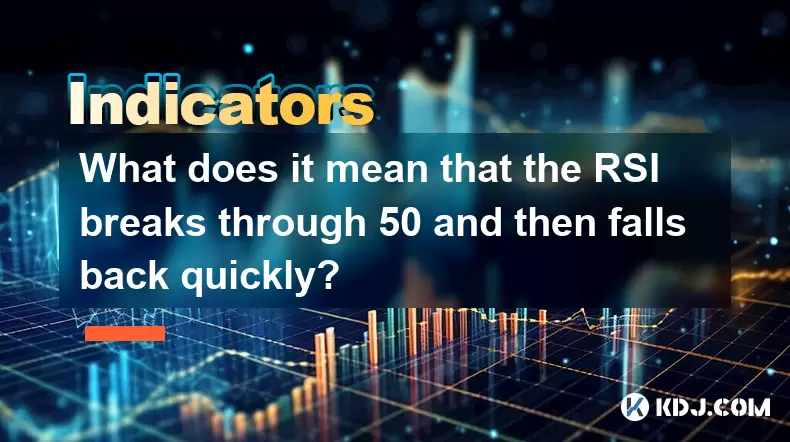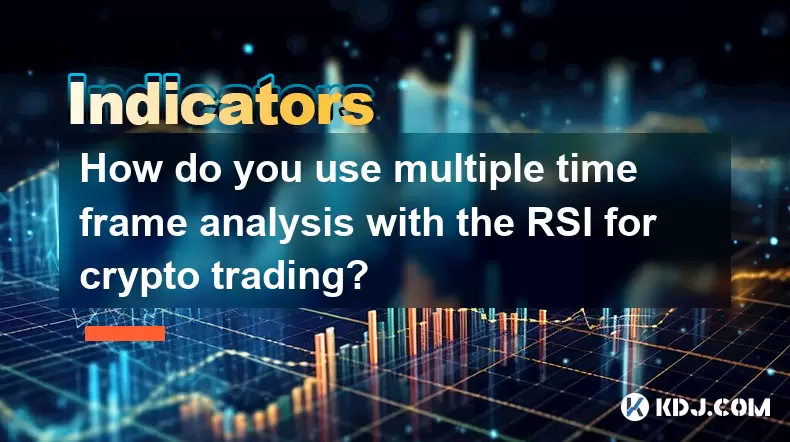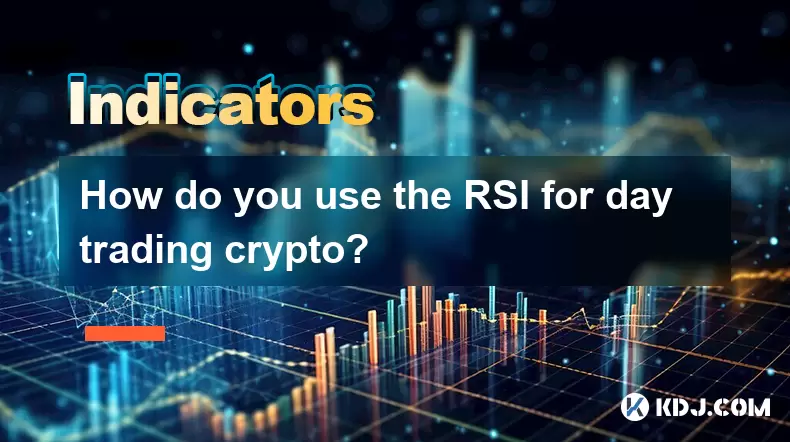-
 Bitcoin
Bitcoin $118400
0.47% -
 Ethereum
Ethereum $3836
2.20% -
 XRP
XRP $3.157
2.98% -
 Tether USDt
Tether USDt $0.9999
-0.03% -
 BNB
BNB $801.5
1.31% -
 Solana
Solana $180.9
2.07% -
 USDC
USDC $0.9999
-0.02% -
 Dogecoin
Dogecoin $0.2225
2.50% -
 TRON
TRON $0.3285
-1.02% -
 Cardano
Cardano $0.7789
2.60% -
 Hyperliquid
Hyperliquid $43.60
2.39% -
 Sui
Sui $3.892
4.41% -
 Stellar
Stellar $0.4229
3.34% -
 Chainlink
Chainlink $18.01
3.98% -
 Hedera
Hedera $0.2745
6.77% -
 Bitcoin Cash
Bitcoin Cash $582.3
3.38% -
 Avalanche
Avalanche $23.77
1.04% -
 Ethena USDe
Ethena USDe $1.001
0.01% -
 Toncoin
Toncoin $3.493
3.59% -
 Litecoin
Litecoin $110.0
2.48% -
 UNUS SED LEO
UNUS SED LEO $8.936
-0.37% -
 Shiba Inu
Shiba Inu $0.00001304
2.49% -
 Uniswap
Uniswap $9.999
1.09% -
 Polkadot
Polkadot $3.897
3.26% -
 Monero
Monero $308.6
-0.83% -
 Dai
Dai $0.9999
-0.01% -
 Bitget Token
Bitget Token $4.504
-0.04% -
 Pepe
Pepe $0.00001154
2.95% -
 Cronos
Cronos $0.1471
3.06% -
 Ethena
Ethena $0.6691
19.53%
What does it mean that the RSI breaks through 50 and then falls back quickly?
RSI breaking above 50 signals bullish momentum, but a quick reversal may indicate weakness, helping crypto traders spot potential trend shifts or false signals.
Jun 21, 2025 at 09:00 am

Understanding the RSI Indicator
The Relative Strength Index (RSI) is a momentum oscillator used in technical analysis to measure the speed and change of price movements. It typically ranges between 0 and 100, with values above 70 considered overbought and below 30 considered oversold. Traders use RSI to identify potential reversals or confirm trends in asset prices, including cryptocurrencies.
In cryptocurrency trading, where volatility is high, the RSI becomes an essential tool for assessing market sentiment. A key level that traders monitor closely is the 50 line, which separates bullish from bearish territory. When the RSI crosses above 50, it suggests increasing buying pressure; conversely, when it drops below 50, selling pressure may be gaining strength.
What Happens When RSI Breaks Above 50?
When the RSI moves above the 50 threshold, it signals that the recent gains are outpacing losses, indicating a shift toward bullish momentum. In the context of cryptocurrency markets, this can often precede a rally or at least a short-term upward movement in price.
This breakout is often interpreted as a potential buy signal by traders who follow momentum strategies. However, not all breakouts above 50 result in strong rallies. The significance of the move depends on other factors such as volume, trendlines, and broader market conditions.
Rapid Reversal Below 50: What Does It Mean?
If the RSI quickly falls back below 50 after briefly crossing above it, this pattern could indicate momentum failure. This means that although buyers tried to push the price higher, they were unable to sustain the effort, and sellers regained control.
Such a scenario might suggest that the bulls lacked conviction or that the market was met with strong resistance. In crypto trading, this can often lead to further downside as traders who entered long positions may begin to exit, triggering additional selling pressure.
Analyzing the Implications for Crypto Traders
For traders, especially those active in the cryptocurrency market, understanding this RSI behavior can help avoid false signals and manage risk more effectively.
- Watch for False Signals: A quick rise and fall of RSI around the 50 mark may indicate indecision in the market rather than a clear trend reversal.
- Use Multiple Indicators: Combining RSI with other tools like moving averages or volume indicators can provide a clearer picture of market dynamics.
- Consider Timeframes: Short-term traders should pay attention to intraday charts, while longer-term investors might look at daily or weekly RSI patterns.
- Monitor Price Action: If RSI breaks above 50 but price fails to follow through, it’s a sign of weak momentum and possible trend continuation in the current direction.
How to Trade This RSI Pattern
Trading based on RSI breaking through 50 and then retreating requires careful planning and execution. Here's how you can approach this setup:
- Identify the Context: Determine whether the asset is in an uptrend, downtrend, or consolidation phase before the RSI moves above 50.
- Wait for Confirmation: Instead of acting immediately on the RSI crossing above 50, wait for confirmation of either a continued move up or a reversal back below 50.
- Set Entry Points: If the RSI retreats below 50 quickly, consider entering a short position once the price shows signs of reversing downward.
- Place Stop Losses: To manage risk, place stop losses above the recent swing high if going short, or below the swing low if going long.
- Determine Profit Targets: Use previous support/resistance levels or Fibonacci extensions to set realistic profit targets.
Common Mistakes to Avoid
Many traders misinterpret RSI movements near the 50 level due to impatience or lack of confirmation. Here are some common mistakes to avoid:
- Overreacting to a Single Signal: Don’t base your entire trade decision solely on RSI crossing above or below 50 without confirming with other indicators or chart patterns.
- Ignoring Market Conditions: The same RSI pattern can have different implications depending on whether the market is trending or range-bound.
- Failing to Manage Risk: Even if the RSI gives a strong signal, poor risk management can lead to significant losses.
- Not Adjusting Settings: The default RSI setting is usually 14 periods, but adjusting it based on the asset and timeframe may yield better results.
Frequently Asked Questions
Q: Can RSI alone be used to make trading decisions in crypto markets?
A: While RSI is a powerful tool, relying solely on it can lead to misleading signals. It’s best used alongside other indicators like MACD, Bollinger Bands, or volume metrics to improve accuracy.
Q: Is the RSI 50 level more important than overbought/oversold levels in crypto trading?
A: Not necessarily. The 50 level acts as a centerline for momentum shifts, but overbought (>70) and oversold (<30) levels are critical for identifying extreme conditions that may precede reversals.
Q: How does volatility affect RSI readings in cryptocurrencies compared to traditional assets?
A: Cryptocurrencies are generally more volatile, which can cause RSI to generate more frequent and exaggerated signals. Traders must adjust their interpretation accordingly and possibly apply smoothing techniques.
Q: Should I always close my position if RSI breaks 50 and then retreats?
A: No, it depends on your strategy and risk tolerance. Some traders use this as a signal to tighten stops or take partial profits, while others wait for further confirmation before exiting entirely.
Disclaimer:info@kdj.com
The information provided is not trading advice. kdj.com does not assume any responsibility for any investments made based on the information provided in this article. Cryptocurrencies are highly volatile and it is highly recommended that you invest with caution after thorough research!
If you believe that the content used on this website infringes your copyright, please contact us immediately (info@kdj.com) and we will delete it promptly.
- SEC, Crypto, and Securities: Navigating the New Frontier
- 2025-08-01 05:10:12
- Cardano (ADA) Market Cap: Can It Compete with Emerging Cryptocurrencies and Meme Coins?
- 2025-08-01 04:30:12
- SEC, Crypto, and On-Chain: Navigating the Regulatory Maze
- 2025-08-01 02:31:40
- Jito Labs, Solana, and Liquid Staking: Riding the Wave of Innovation
- 2025-08-01 03:50:12
- Perpetual DEX: Navigating Onchain Trading and Solving Core Problems, a NY Perspective
- 2025-08-01 03:57:53
- Bitcoin Bullish Market: How Long Positions are Boosting the Crypto King
- 2025-08-01 02:35:33
Related knowledge

How do you use multiple time frame analysis with the RSI for crypto trading?
Aug 01,2025 at 05:19am
Understanding the Role of RSI in Crypto TradingThe Relative Strength Index (RSI) is a momentum oscillator that measures the speed and change of price ...

How can you use the RSI to determine exit points in crypto trades?
Aug 01,2025 at 04:29am
Understanding the Role of RSI in Crypto TradingThe Relative Strength Index (RSI) is a momentum oscillator widely used in the cryptocurrency market to ...

How do you use the RSI for day trading crypto?
Aug 01,2025 at 05:26am
Understanding the RSI in Cryptocurrency TradingThe Relative Strength Index (RSI) is a momentum oscillator that measures the speed and change of price ...

What does it signify when the MACD crosses below the zero line?
Aug 01,2025 at 01:43am
Understanding the MACD IndicatorThe Moving Average Convergence Divergence (MACD) is one of the most widely used technical analysis tools in the crypto...

How does the MACD histogram show momentum?
Aug 01,2025 at 01:16am
Understanding the MACD Histogram and Its Role in Cryptocurrency TradingThe MACD histogram is a visual representation of the difference between the MAC...

What is a MACD crossover?
Jul 31,2025 at 11:52pm
Understanding the Role of Private Keys in Cryptocurrency SecurityIn the world of cryptocurrency, private keys are the cornerstone of ownership and con...

How do you use multiple time frame analysis with the RSI for crypto trading?
Aug 01,2025 at 05:19am
Understanding the Role of RSI in Crypto TradingThe Relative Strength Index (RSI) is a momentum oscillator that measures the speed and change of price ...

How can you use the RSI to determine exit points in crypto trades?
Aug 01,2025 at 04:29am
Understanding the Role of RSI in Crypto TradingThe Relative Strength Index (RSI) is a momentum oscillator widely used in the cryptocurrency market to ...

How do you use the RSI for day trading crypto?
Aug 01,2025 at 05:26am
Understanding the RSI in Cryptocurrency TradingThe Relative Strength Index (RSI) is a momentum oscillator that measures the speed and change of price ...

What does it signify when the MACD crosses below the zero line?
Aug 01,2025 at 01:43am
Understanding the MACD IndicatorThe Moving Average Convergence Divergence (MACD) is one of the most widely used technical analysis tools in the crypto...

How does the MACD histogram show momentum?
Aug 01,2025 at 01:16am
Understanding the MACD Histogram and Its Role in Cryptocurrency TradingThe MACD histogram is a visual representation of the difference between the MAC...

What is a MACD crossover?
Jul 31,2025 at 11:52pm
Understanding the Role of Private Keys in Cryptocurrency SecurityIn the world of cryptocurrency, private keys are the cornerstone of ownership and con...
See all articles

























































































